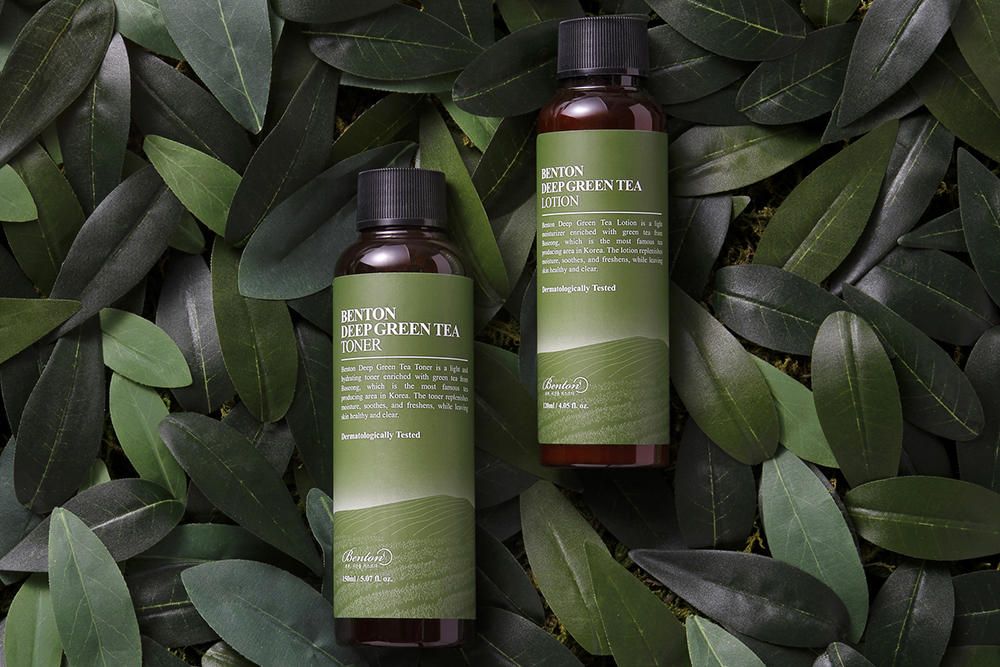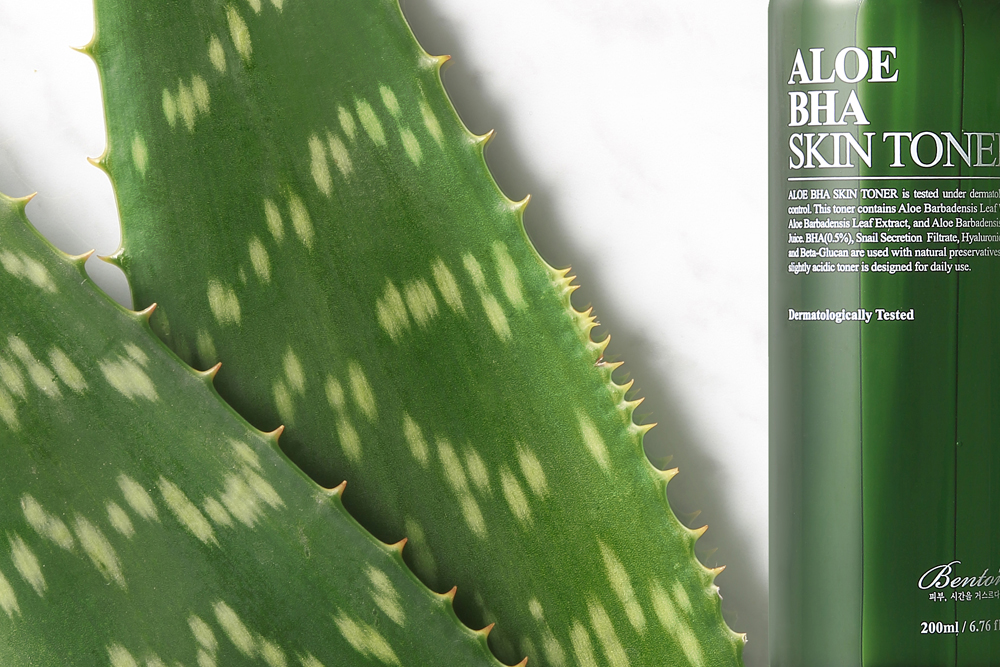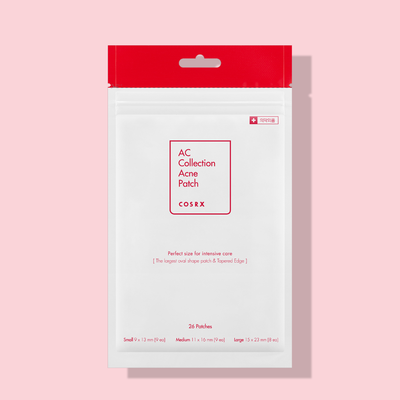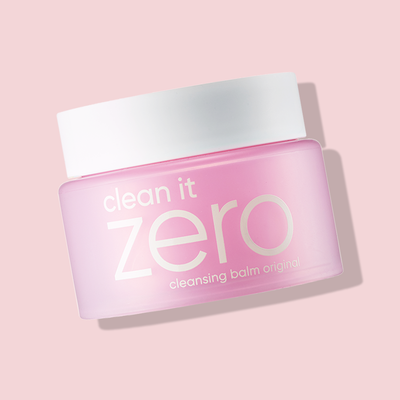My Skin Type Journey V – Normal Skin
My Skin Type Journey V – Normal Skin

Keina Yuan
K-Beauty Editor
Finally, Normal Skin! Well, ‘normal’ doesn’t actually mean your skin type is the type that everyone is supposed to have. Everyone has their own ‘normal’ in terms of their skin.
The generalised type, ‘normal skin’ refers to a skin type which doesn’t produce excessive oils, yet doesn’t lack in oil production, so your skin is decently balanced. But this doesn’t mean that you don’t need skin care!
Just like all the other skin types, depending on the weather, your environment, and even genetics and hormones, your skin’s condition can change as well. For example, in winter, due to the dryness and cold temperature, your skin is more likely to become dehydrated and maybe even flaky. Whereas in the humid summer (especially in Australia), your skin is more likely to product more oils, specifically sweat, to regulate your body temperature.
Thankfully however, normal skin types don’t tend to be acne prone or too sensitive. Now I’m not saying you guys never get any pimples whatsoever. It just means that your skin is able to maintain a good balance between the lipids and water in the skin!
Which means that your skin is able to effectively keep out pathogens and keep in the juicy hydration.

Some tips and tricks!
Here’s the good news. So basically, normal skin types are able to use most skin care products as long as its suits their skin’s needs. Just remember that astringents and comedogenic products are still a no no for you.
Astringents like harsh alcohols tend to dry out the skin and cause irritation whereas comedogenic ingredients like silicone and beeswax block the pores which cause breakouts. Even though your skin is slightly more tolerant to these sorts of ingredients, it’s safer to avoid products which are formulated with them, especially if they are higher up in the ingredients list – this means the concentration of them is higher.
Remember to cleanse, tone, moisturize daily AND don’t forget to use SPF! It’s always important to cleanse at the night to rid our skin of any pollutants, dust or bacteria that may have accumulated on the surface of our skin throughout the day. Then following up with a gentle toner and moisturiser is always a good idea as well. This ensures that your re-hydrating and re-moisturising your skin after you wash away your natural oils in the cleanse.
Another tip is to exfoliate from time to time. Overtime, dead skin cells build up on the surface and under new skin cells so its vital that we exfoliate to prevent any sort of excessive build up. This prevents dullness in the skin, but it also prevents our pores from becoming blocked by the dead skin cells as well!
To exfoliate, we recommend using a gentle AHA, alpha hydroxyl acid. AHA’s are water-soluble, meaning they’re able to break bonds between water and other substances (which bond with water, in this case the dead skin cells). They gentle dissolve the bonds and break down excessive dead skin cells to reveal brighter and more radiant skin.
***Note: try to limit exfoliating to 3 times a week! This is to prevent the thinning and weakening of your skin! ***
Some great ingredients to look out for!
Ingredients which hydrate and moisturise your skin are the main one’s people tend to look out for. But depending on your own skin’s individual concerns, you don’t have to limit yourself to just this!
Soothing, healing, plumping and brightening. Oh, and nourishing! Don’t forget to treat your skin sometimes either. It’s always important to tailor your skin care routine to your skin’s needs and “how hungry it is”.

Antioxidants
These beauties are the all-rounders of skincare; suitable for all skin types, and beneficial for our skin, Antioxidants like Green Tea, have the incredible ability to neutralise free radicals, the molecule form of pollutants that build up in our skin. This helps to reduce signs of aging and sun damage! The promote skin cell turnover.
Green Tea
Now green tea is a unique one. It is an excellent hydrator AND it is extremely rich in antioxidants! Meaning it’s a great all-rounder. It helps to neutralise free radicals (pollutants), promote skin cell turnover, and hydrate the deeper layers of the skin!

Hyaluronic Acid and Glycerine
Hyaluronic Acid and Glycerine are two of the most common humectants in skincare products. They both help to do is to attract water from the atmosphere and bind them IN and ON the skin. Meaning they’re both great hydrators! But because they are able to draw water from the surface, it also means that the atmosphere is able to draw hydration OUT of your skin without a sufficient barrier. So…..
Aloe Vera
Aloe vera is another interesting ingredient. It has soothing, antioxidant, healing AND moisturising properties. Making it a great ingredient to incorporate into your routine. On the plus side, it is quite light weight!

And finally, exfoliants
If you prefer physical exfoliators, like scrubs, or using brushes, just remember not to use them too often and not to rub them too harshly on your skin. This often causes micro-dermabrasions, or miniscule scratches on the surface of the skin. We recommend a good balance between AHAs and/or BHAs. So, you can use an AHA to exfoliate excess dead skin cells, while the BHAs will help with oils deeper in the skin. Some common chemical exfoliants include:
- Salicylic Acid (BHA)
- Glycolic Acid (AHA)
- Lactic Acid (AHA)
One last tip, feel free to have a look at the other articles:
Dry skin
Oily skin
Combination skin
Depending on your own skin! So, if you’re on the drier side, check out the dry skin and if you’re on the oily side you can check out the combo or oily skin type article!
Happy skincare everyone!









Leave a comment